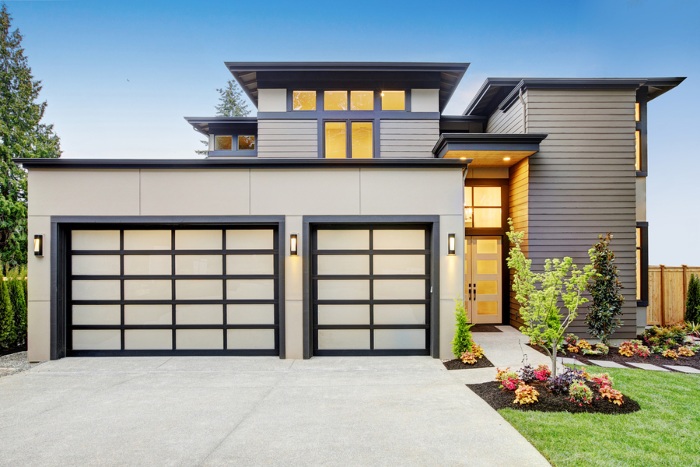Due to their modern design and adaptability, flat roofs are a popular choice for both residential and commercial buildings. However, proper care and maintenance are crucial to ensure their longevity and prevent potential issues. In this article, we will provide you with ten essential tips for caring for a flat roof, helping you protect your investment and maintain the integrity of your property.
Regular Inspections:
- Perform routine inspections on your flat roof to identify any signs of damage or potential issues. Look for cracks, blistering, or pooling water. Catching problems early can prevent them from worsening and save you from costly repairs down the line.
Clear Debris:
- Keep your flat roof clean by removing any leaves, branches, or other debris that may accumulate. Debris can block drainage systems and contribute to the formation of ponding water, leading to leaks and structural damage.
Maintain Proper Drainage:
- Ensure that your flat roof has adequate drainage systems in place. Clogged or improperly functioning drains can cause water to accumulate and put excessive stress on the roof, leading to leaks. Regularly clean and inspect your drains to ensure they are clear and functioning correctly.
Address Ponding Water:
- Ponding water refers to water that accumulates and does not drain properly from your flat roof. It can result from various factors such as improper slope or blocked drains. Ponding water can lead to roof deterioration and leaks, so it’s important to address this issue promptly. Consult with a professional to determine the best solution for your specific situation.
Maintain Roof Coating:
- Flat roofs often have a protective coating to provide added durability and waterproofing. Over time, this coating may degrade due to exposure to the elements. Regularly inspect the coating and reapply as necessary to ensure continued protection against moisture and UV rays. You can also use a FlexiProof EPDM membrane to keep things dry.
Trim Overhanging Trees:
- If there are trees near your flat roof, ensure that their branches are properly trimmed and do not hang over the roof. Falling branches or excessive debris from trees can cause damage to the roof membrane, leading to leaks or punctures.
Check Flashings and Seals:
- Flashing and seals around vents, chimneys, and other roof penetrations are critical areas that require regular inspection. Look for signs of deterioration, cracks, or separation. Damaged flashings and seals can allow water to seep into your building, causing extensive damage. Repair or replace them as needed.
Address Leaks Promptly:
- If you notice any signs of leaks, such as water stains on the ceiling or walls, address them immediately. Ignoring a leak can lead to further damage, including mold growth and structural issues. Locate the source of the leak and consult a professional roofer to fix it properly.
Schedule Professional Inspections:
- While regular DIY inspections are important, it’s advisable to have a professional roofer inspect your flat roof periodically. They can identify hidden problems, provide expert advice, and perform necessary repairs or maintenance tasks that you may not be equipped to handle.
Maintain Records and Warranty Information:
- Keep detailed records of inspections, repairs, and any warranty information related to your flat roof. This documentation will be valuable in case of insurance claims or if you decide to sell your property. It also helps you keep track of the maintenance history and plan future inspections and repairs effectively.
Conclusion:
Caring for a flat roof requires regular maintenance and proactive measures to prevent issues. By following these ten essential tips, you can extend the lifespan of your flat roof, avoid costly repairs, and ensure the protection of your property. Remember, when in doubt or faced with significant problems, consult with a professional roofing contractor to ensure proper care and maintenance of your flat roof.

